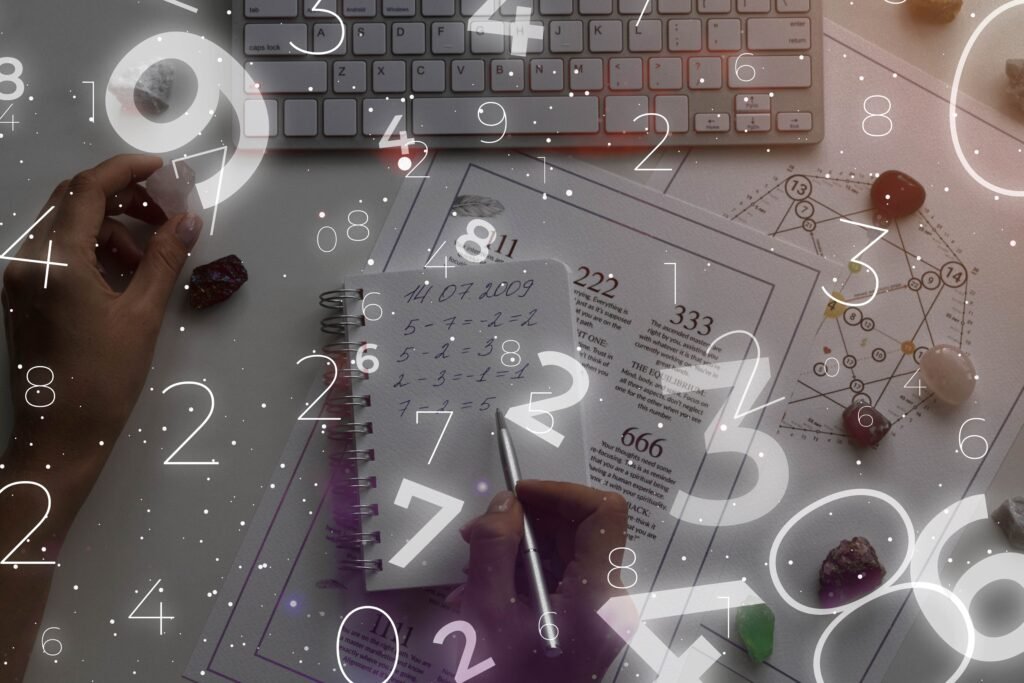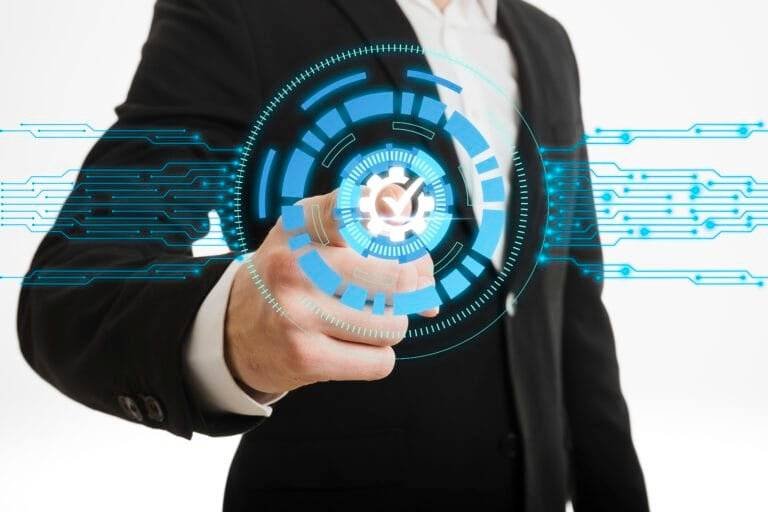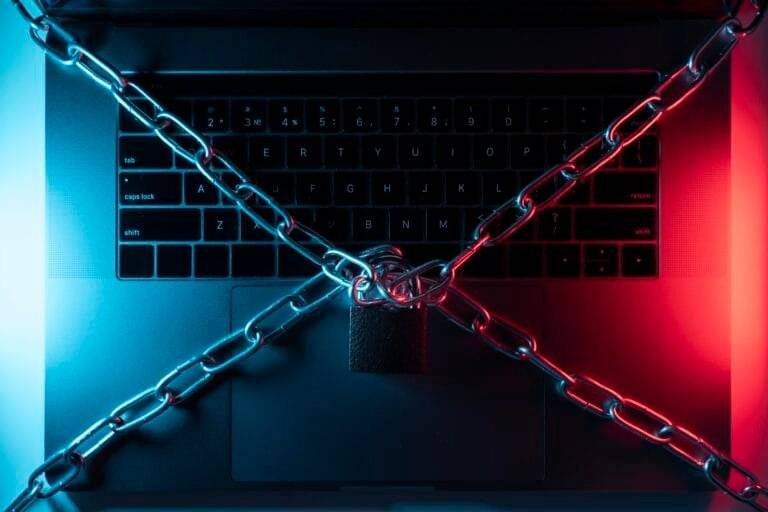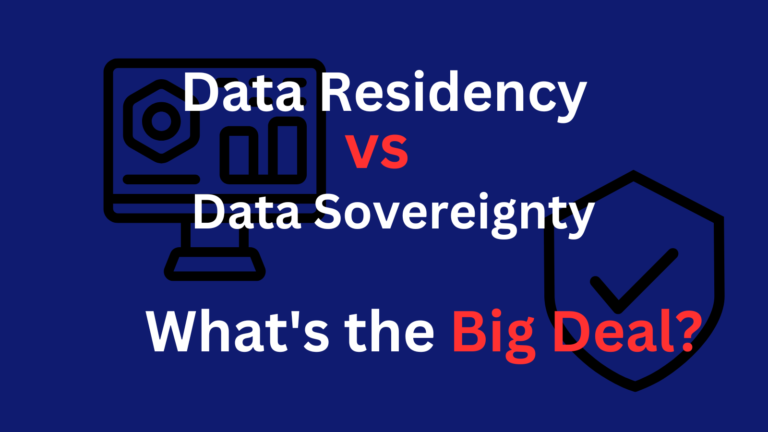How To Implement Differential Privacy?
Differential privacy is a modern way to keep data secure that lets organizations learn very important things from datasets without giving away personal details. It works by adding a bit of random noise to the data. This means the results of any data analysis are pretty much the same, whether or not someone’s personal information is used. This method hides individual identities well. For companies handling sensitive data, using differential privacy is crucial because it builds trust and meets tough data protection laws.
To start using differential privacy, it’s very important to grasp both the basic ideas and the specific steps needed. First, figure out the “privacy budget,” which is a way to measure how much privacy might be lost during data analysis. Next, choose the right method for adding noise, depending on the kind of data and analysis you’re doing. By balancing the importance of data usefulness and privacy, organizations can use differential privacy to keep people’s identities safe without losing the quality of the data insights.
In the next parts, we’ll go into more detail about how to put differential privacy into practice, highlighting the main things to think about and the usual methods to make sure it’s set up well. This organized approach will help you fully understand differential privacy and how to apply it effectively in different situations of analyzing data.
What are the Basics of Differential Privacy?
Differential privacy is a type of math method that helps keep individual privacy secure while still letting data analysts learn important things from databases. The main idea behind differential privacy is to add “noise” or random data to the actual information in a dataset. This makes sure that no one’s privacy is at risk, no matter what extra information a data analyst might have.
The key feature of differential privacy is that it gives a clear way to measure how private the data is through something called a “privacy budget.” This budget decides how much noise needs to be added to the data to keep individuals from being identified. The privacy budget is often shown by the symbol “ε” (epsilon), where a smaller ε means better privacy protection but the results might be less accurate, and a larger ε gives more precise results but less privacy protection.
Implementing differential privacy includes using two main methods: the Laplace mechanism and the Gaussian mechanism. Both methods involve adding noise to data, but they differ in how they decide the amount and type of noise to add, based on how much a single person’s data can change the results of data analysis. By understanding these basic parts adding noise, setting a privacy budget, and recognizing data sensitivity organizations can start using differential privacy effectively. This helps protect individual data while still allowing valuable insights to be gathered.
What is the Mathematical Foundation of Differential Privacy?

At the core of differential privacy is a strong mathematical base that makes sure individual data is kept private under strict probability rules. The main idea is to ensure that the results of a data analysis do not change much when any single person’s data is added or removed. This concept is called “indistinguishability” and is defined using precise mathematical functions.
The math behind differential privacy usually involves a function that takes a dataset and a question as inputs and gives a number as an output. To keep the data private, random noise is added to this number. The amount of noise depends on two parameters: ε (epsilon) and δ (delta). Epsilon is a non-negative value that measures how strong the privacy is: a smaller epsilon means stronger privacy. Delta is usually a very small number that shows the chance that the privacy might not be fully protected; it allows a tiny possibility that the privacy standard set by epsilon might not be met.
The noise added to protect privacy usually comes from a probability distribution based on the “sensitivity” of the query, which is how much the result might change if a single person’s data is added to or removed from the dataset. The most common distributions used are the Laplace distribution and the Gaussian distribution. The choice between these depends on the specific privacy needs (controlled by ε and δ) and what the query is about.
Understanding this mathematical background is key to effectively using differential privacy. It helps developers and data scientists adjust their privacy settings to match the specific requirements of their datasets and the sensitivity of the information, making sure they can get the most value from the data while keeping privacy risks low.
Implementing Differential Privacy: Step-by-Step
Implementing differential privacy requires a structured method to make sure that data analyses protect individual privacy very well. Here is a step-by-step guide to help organizations use differential privacy in their data handling processes:
Step 1- Define the Privacy Budget
Before starting to process data, it’s very important to set up a privacy budget. This means deciding on the values for ε (epsilon) and δ (delta). These values control how private the data will be and how likely it is that the privacy protection might not work perfectly. Choosing these values should strike a balance between keeping the data private and making sure it’s still useful.
Step 2- Determine the Sensitivity of the Query
The next step is to check how sensitive the query is. Sensitivity is about how much the result of the query can change if the data from just one person is altered. This helps decide how much and what kind of noise should be added to the query result. For queries that are very sensitive, you might need to add more noise to properly hide the details of individual data.
Step 3- Choose the Appropriate Noise Mechanism
Based on how sensitive the data is and what your privacy budget allows, choose a method for adding noise. The two most common methods are the Laplace mechanism and the Gaussian mechanism. The Laplace mechanism is often used when you need δ (delta) to be zero, and it adds noise following a specific pattern called the Laplace distribution. The Gaussian mechanism is a good choice if a small δ (greater than zero) is okay. It adds noise using a pattern known as the Gaussian distribution.
Step 4- Apply the Noise to the Query Result
After choosing the noise method, use it on the actual query result. This means creating noise based on the selected pattern and adding it to the data query’s output. The outcome is an adjusted result that still keeps the data useful while making sure that the privacy of each person’s data is protected as planned.
Step 5- Validate the Privacy Guarantee
Once the noise is added, it’s important to check that the changed data output meets the differential privacy rules defined by the epsilon and delta values. This could involve statistical tests or other methods to make sure that the privacy steps taken are successfully hiding individual data points without greatly altering the overall understanding of the data.
Step 6- Review and Adjust as Necessary
Differential privacy isn’t a one-time fix. It needs continuous review and adjustments because data, queries, and privacy needs of an organization can change over time. Regularly checking the privacy budget, how sensitive the data is, and the methods for adding noise can help improve the process and keep a good balance between keeping the data useful and protecting privacy.
By following these steps, organizations can successfully use differential privacy to protect personal data while still getting valuable information from their datasets.
What are the Case Studies?
Looking at real-life examples and case studies of differential privacy can teach us a lot about how well it works and how flexible it is. Here are some important examples that show how various industries have effectively used differential privacy:
The U.S. Census Bureau
One of the key uses of differential privacy was by the U.S. Census Bureau, which decided to use it for the 2020 Census. They chose this method to keep people’s information private while still sharing accurate details about the population. The Bureau used differential privacy methods to mix up the data a bit. This way, no one could figure out who anyone was from the census results, no matter how detailed the data was.
Apple’s Privacy Protections
Apple has added differential privacy to its iOS and macOS systems to gather different kinds of user data while keeping each person’s privacy safe. By collecting anonymous data from devices, Apple can make its services better and enhance the user experience without risking anyone’s privacy. This method lets Apple understand things like how people use keyboards, which emojis are popular, and other ways users interact, all while keeping privacy tight.
Google’s RAPPOR
Google has created a method named RAPPOR (Randomized Aggregatable Privacy-Preserving Ordinal Response) to collect and use data from users without revealing their identities. This technology lets Google collect information about how people use software features while keeping user privacy secure. RAPPOR works by mixing some random noise into the data that is sent from the user’s browser, which makes it hard to link any information back to a specific person.
COVID-19 Contact Tracing
During the COVID-19 pandemic, various tech solutions were suggested for contact tracing that used differential privacy to protect personal health information. These apps were designed to monitor interactions between people to spot possible disease spread without disclosing who the individuals were. By making sure that the data couldn’t be used to identify specific users, these apps aimed to get more people to participate and help improve public health actions.
These case studies show how useful differential privacy is in different areas and applications. They point out how organizations can use this method to manage the need for data analysis and insights while also protecting individual privacy. As more organizations start using these practices, there will be even more case studies, showing us more about how flexible and effective differential privacy is.
What is the Future of Differential Privacy?
The future of differential privacy seems bright as more organizations and people become aware of its importance. With more data breaches happening and a growing concern for personal data privacy, there’s a rising demand for strong technologies that protect privacy. Here’s what might be in store for differential privacy in the future:
- Broader Adoption Across Industries: As more industries see how differential privacy can help analyze data without risking personal privacy, its use is likely to grow in many fields. Healthcare, finance, education, and social networking are just some of the areas that could really benefit from using differential privacy to protect sensitive data from leaks and unauthorized access.
- Integration with Machine Learning and AI: Differential privacy is expected to be very important in the future of machine learning and artificial intelligence. Researchers are working on ways to include differential privacy in AI systems. This will allow the development of models that can use lots of data without risking privacy leaks. This effort could result in AI applications that are more personalized and responsive, while keeping user information confidential.
- Advancements in Privacy Regulations: As privacy laws keep changing, differential privacy might become a standard requirement for following data protection laws. Governments and regulatory groups might begin to identify differential privacy as a crucial part of legal rules to make sure companies follow the best practices for data privacy and protection.
- Enhanced Techniques and Tools: The continuous research in differential privacy is expected to lead to more advanced methods and tools that provide stronger privacy protection and better use of data. Future innovations might include more effective algorithms for adding noise and new methods to balance privacy with data accuracy, improving how well differential privacy works overall.
- Increased Public Awareness and Trust: As more people understand and recognize differential privacy, trust in technologies that rely on data is expected to grow. This increased trust could lead more people to use digital services and applications that apply differential privacy, highlighting its value and effectiveness in protecting personal privacy.
Overall, the future of differential privacy is closely linked with wider trends in data use and privacy protection. As we deal with the challenges of a world driven by data, differential privacy emerges as a crucial technology. It helps balance the demand for data with the need to protect individual privacy.
In conclusion
In conclusion, differential privacy is a key innovation in data protection, finding a balance between the valuable insights gained from data analysis and the need to protect individual privacy. As seen in various case studies, from the U.S. Census Bureau to big companies like Apple and Google, differential privacy is more than just a theory; it’s a practical solution already being used. Looking ahead, its use in more industries, as well as in machine learning and AI, combined with changing privacy laws, points to a strong future for this technology. By constantly improving the tools and methods of differential privacy, we can expect a future where innovation driven by data flourishes without sacrificing individuals’ privacy and trust. This progress will certainly lead to a safer, more privacy-aware way of handling data in our increasingly digital world.
FAQs
What is differential privacy?
Differential privacy is a technique used to protect individual identities in datasets while still allowing for statistical analysis. It works by adding a small amount of random noise to the data, ensuring that individual information remains secure.
Why is implementing differential privacy important?
Implementing differential privacy is crucial because it helps protect sensitive personal information from being disclosed when data is shared or analyzed, thus maintaining privacy and compliance with data protection regulations.
How do I determine the right amount of noise to add for differential privacy?
The amount of noise to add depends on the privacy budget, which is defined by parameters epsilon (ε) and delta (δ). These parameters help balance the trade-off between data privacy and accuracy.
What are some common methods used in differential privacy?
The two most common methods are the Laplace mechanism and the Gaussian mechanism, both of which involve adding statistically calibrated noise to the data based on the sensitivity of the queries being performed.
Can differential privacy be used in machine learning?
Yes, differential privacy is increasingly being integrated into machine learning to train models without exposing the private data of individuals involved in the dataset. This allows for the development of predictive models that respect user privacy.






